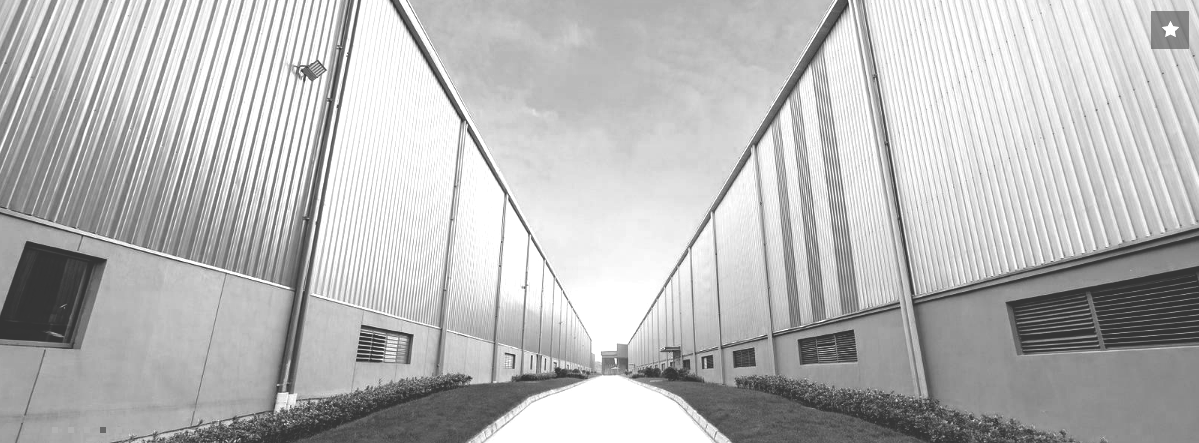
Bangladesh faces a fundamental lack of Grade A warehousing with no major private industrial asset class player in the market. Meanwhile, China and India in the last 15 years has grown to 750MM SFT in China and 90MM SFT in India of Grade A warehousing stock directly corresponding to the increase in per capita income. This growth commenced once both the countries crossed the $2000 per capita income mark (India: $1947, Bangladesh $2227; where Bangladesh has exceeded India’s per capita income in 2021)
Institutional Investor committing almost $6 billion in the neighboring Indian Warehousing sector over the last 2 to 3 years.
The transition of retail to online and larger inventories by e-commerce players, will speed up the warehousing demand further. The resulting impact will be felt substantially in demand for inner city logistics and cold chain facilities.
Companies will prefer Grade A, centralized facilities with planned road network, ecosystem and professional maintained industrial parks that offer compliance, human safety, hygiene and enable automation.
Companies will quickly consider refining their inventory strategy to mitigate risks of supply shortage by increasing inventory stockpiling. Hence looking for backup storage options to de-risk supply chain disruptions, only shooting the demand for warehouses up.
Due to the rapid rise of digitization as well as the norms of remote workings, companies will consider diversifying their presence geographically. Offices and retail stores will potentially re-allocate resources to the back end and and shift base there. Tier 2 & 3 cities like in the industrial hub will be the new warehousing as well as the office destinations of the future.
The warehousing sector is insulated from credit risks unlike other real estate sectors. It has no linkages to NBFCs, no notable NPAs, no Debt Pile Up, and an exceptionally low vacancy.
This low credit risk will further add to favorable and preferential treatment of the warehousing sectors capability to access capital.
The transition of retail to online and larger inventories by e-commerce players, will speed up the warehousing demand further. The resulting impact will be felt substantially in demand for inner city logistics and cold chain facilities.
Companies will prefer Grade A, centralized facilities with planned road network, ecosystem and professional maintained industrial parks that offer compliance, human safety, hygiene and enable automation.
NPAs in real estate will increase as valuations will fall by at least 20% in the city centers and between 5-10% in preferred warehousing locations. Developers / corporates who are overleveraged due to high land prices will take a sizeable hit, leading to availability of distressed assets in certain locations.
Post COVID-19, fund managers will look at warehousing and industrial real estate as a safer, resilient and scalable asset class for their investors.
Some of the capital already raised for residential, co-living / co-working, retail and hospitality will look at reallocating itself into warehousing and the data center space along with affordable housing.
A land price reduction of ~10% lower along with a cap rate reduction of ~0.5% will result in an IRR (Internal Rate of Return) jump of~3% and a yield jump of ~0.3%, resulting IRR of ~23%-24%.
Occupiers with high dependency on goods from China have been heavily impacted from the slowdown in manufacturing and shipping. It is likely that these business would now look at diversifying their supply chain when COVID-19 has been resolved, to ensure they are not entirely reliant on any one supplier hereon.